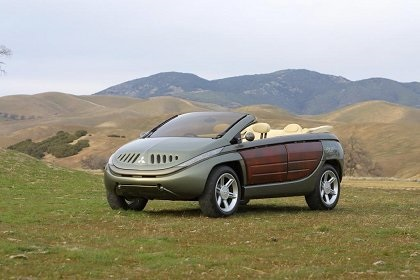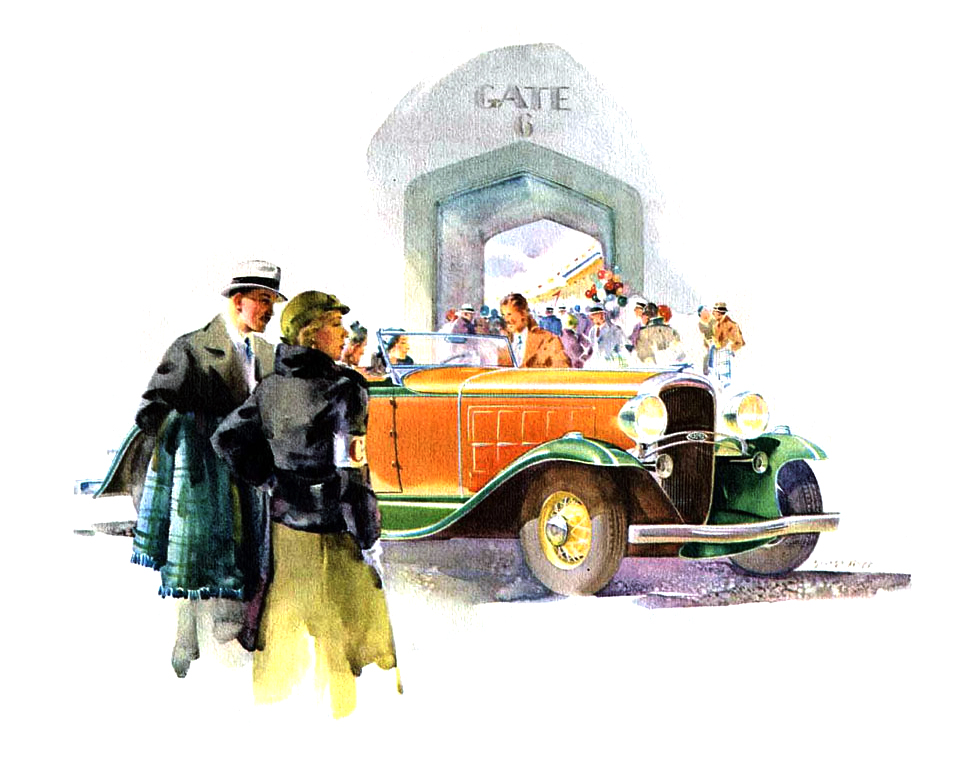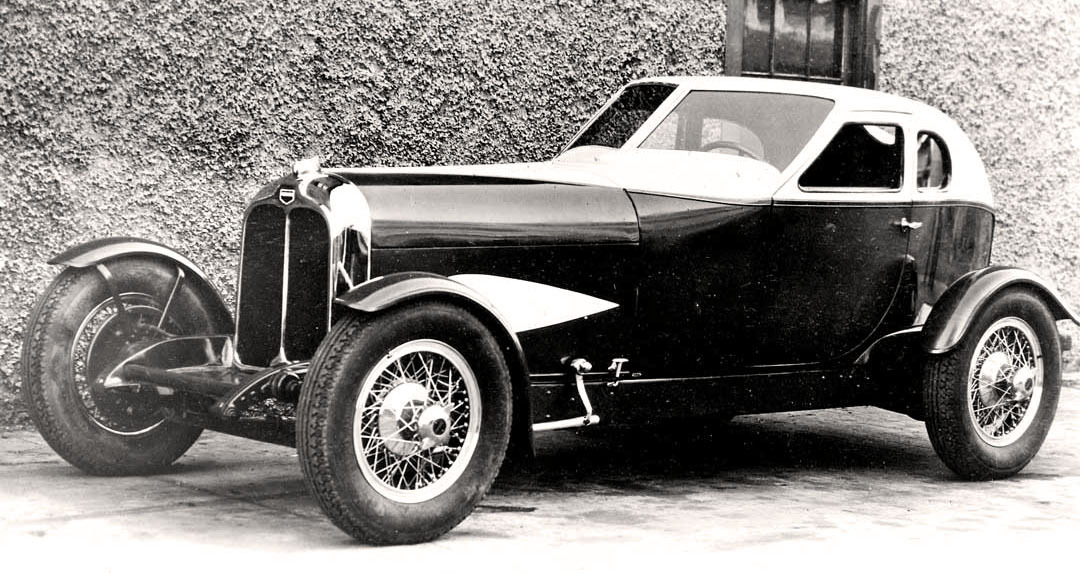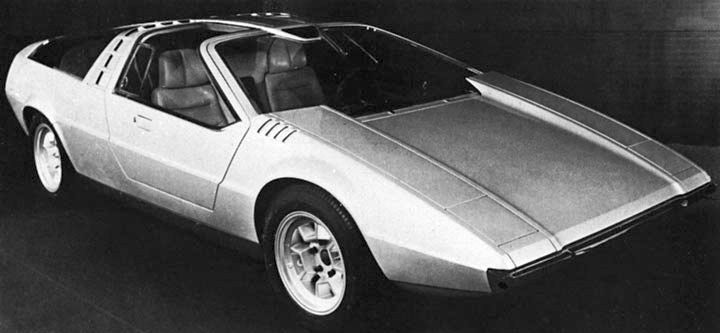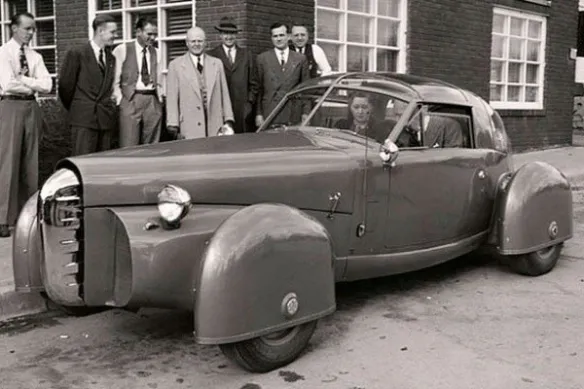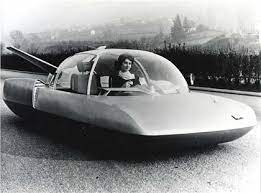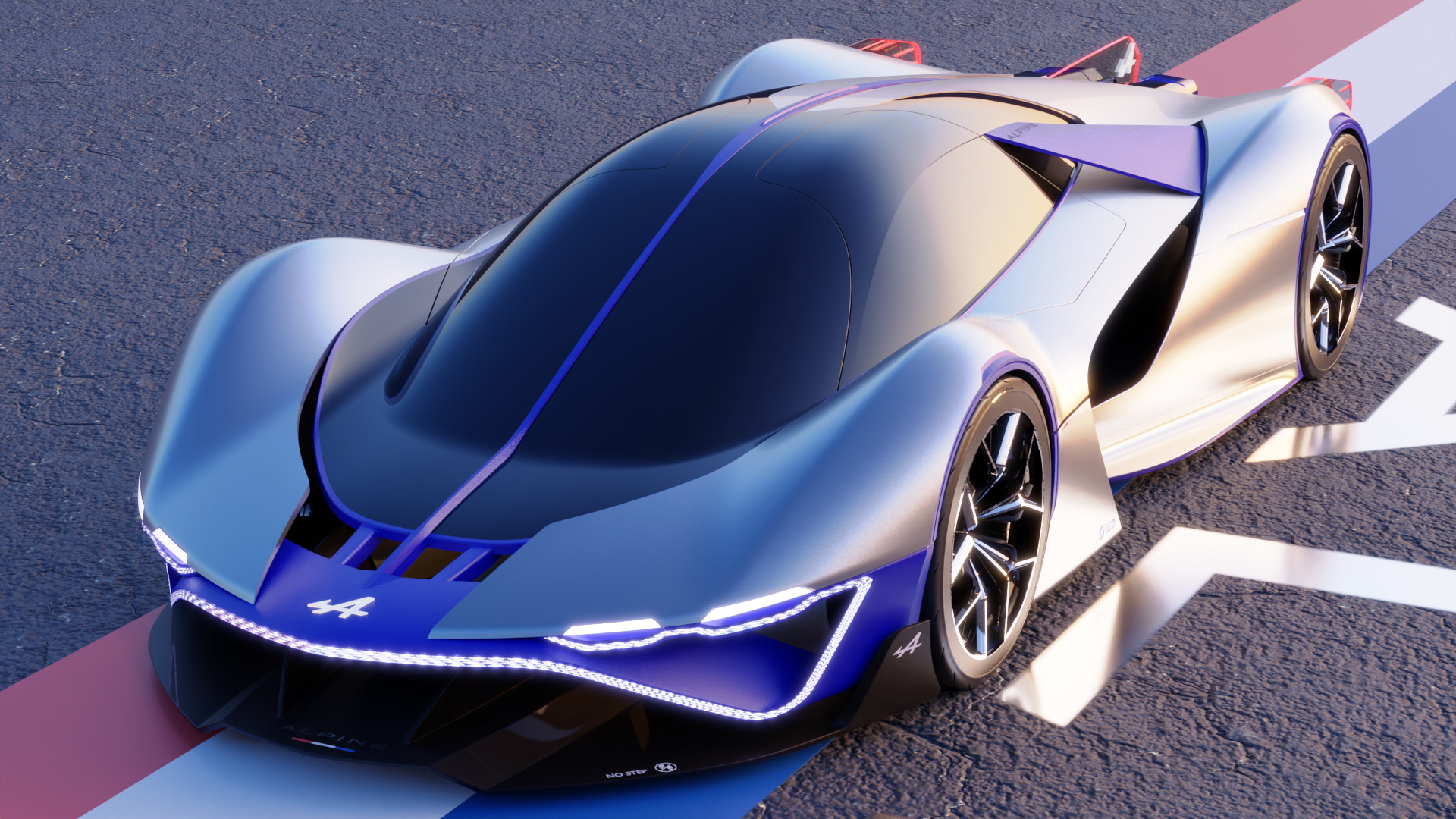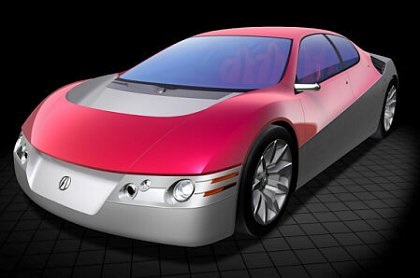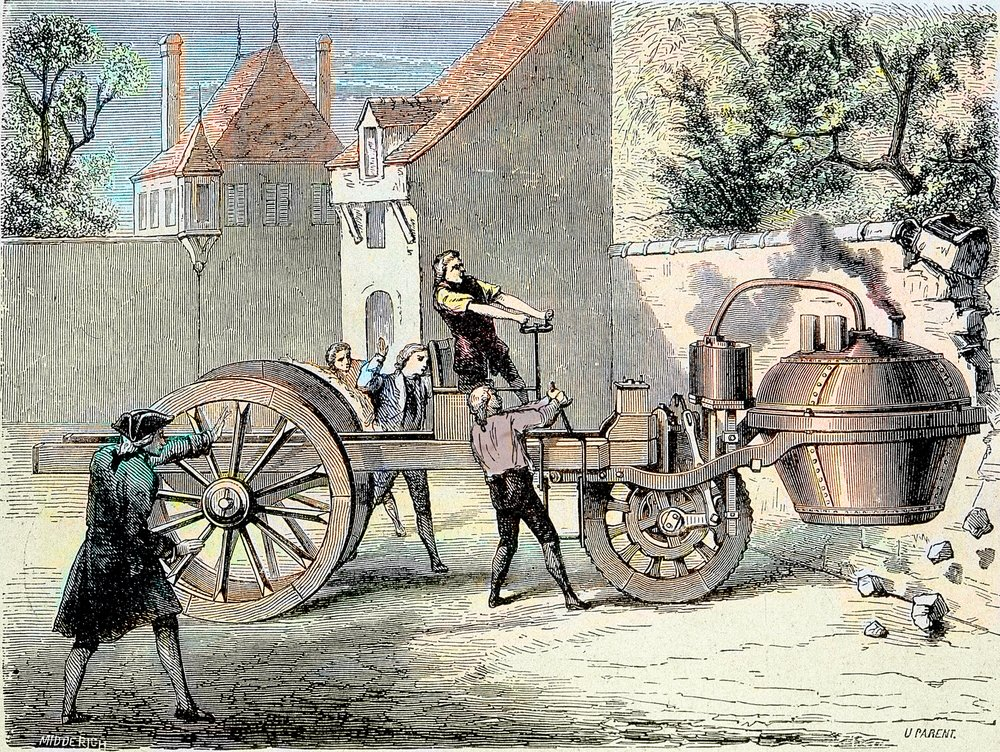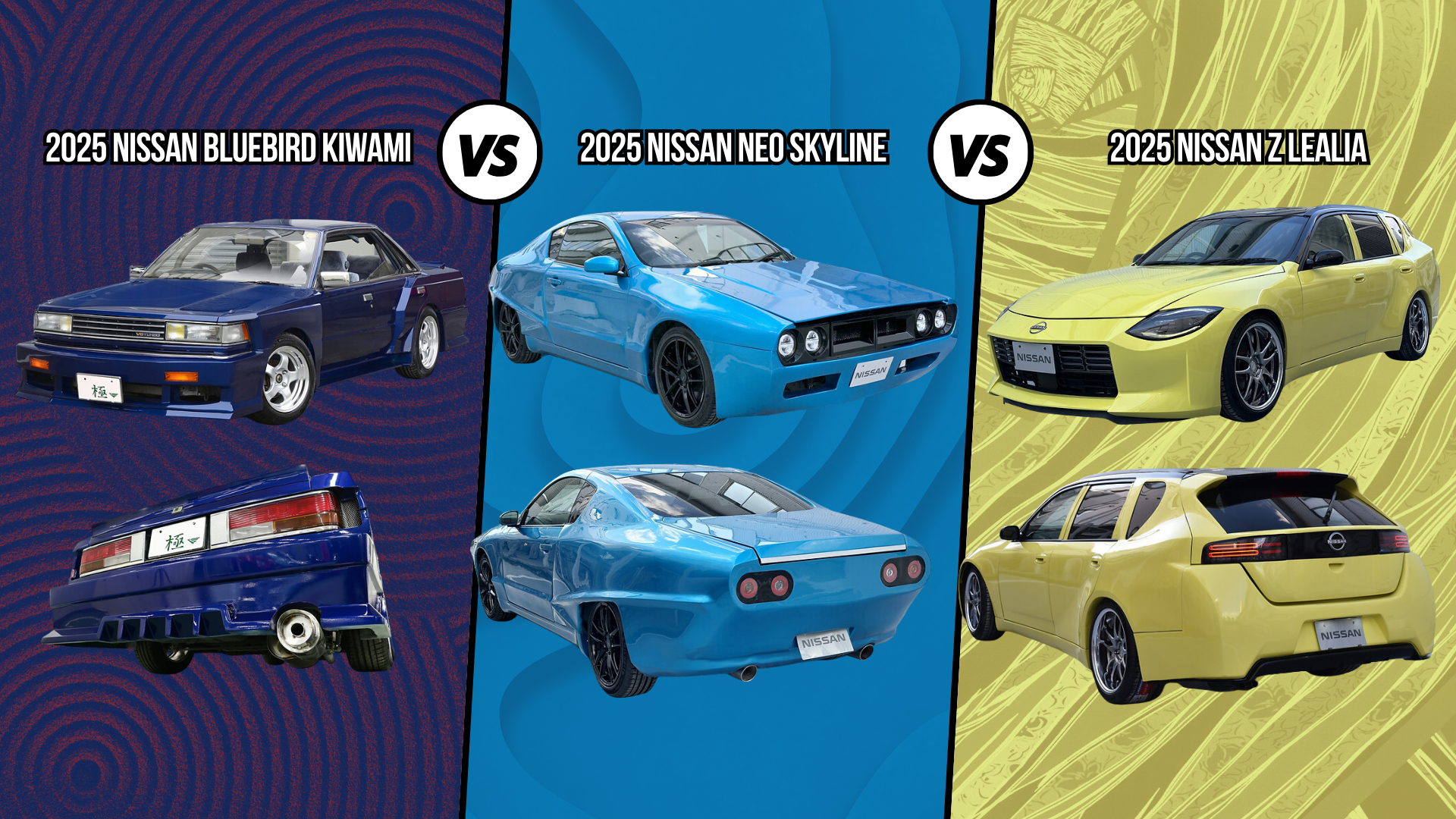The Mitsubishi SUP Convertible Concept, introduced in 2001, was part of Mitsubishi Motors' endeavor to redefine its design language under the leadership of Olivier Boulay, who took charge as head of design after DaimlerChrysler acquired a controlling interest in the company. This concept debuted initially as a hardtop at the Tokyo Motor Show in 2001 before being showcased as a convertible at subsequent events like the 2002 North American International Auto Show and the Geneva Motor Show.
The name "SUP" stands for "Sports Utility Pack," reflecting Mitsubishi's vision of catering to nature enthusiasts who appreciate both high-tech gadgets and outdoor adventures. Boulay aimed to establish a cohesive design identity across Mitsubishi's lineup, characterized by common elements like the grille's lower edge curvature, badge size and shape, and a sharp crease along the bonnet's leading edge.
Distinctive features of the SUP Convertible Concept included a wraparound tubeline encompassing the body, housing both front and rear lamp units, as well as detachable semi-transparent body panels on the doors and seatback-mounted backpacks. The hardtop version featured a large louvred sunroof, which was replaced by a convertible top and retractable rear glass in the cabriolet variant.
Beneath its innovative design, the SUP Concept boasted a "soft HEV" (Hybrid Electric Vehicle) 4WD drivetrain. Power was transmitted through an automated manual transmission from a 1,999 cc 4G94 gasoline direct injection straight-4 engine equipped with an integrated starter alternator (GDI-ISA) to the front wheels. Additionally, two discrete electric motors powered the rear wheels, enhancing traction and performance.
With its forward-thinking design and hybrid powertrain, the Mitsubishi SUP Convertible Concept epitomized Mitsubishi Motors' commitment to innovation and its exploration of new avenues in automotive design and technology.








